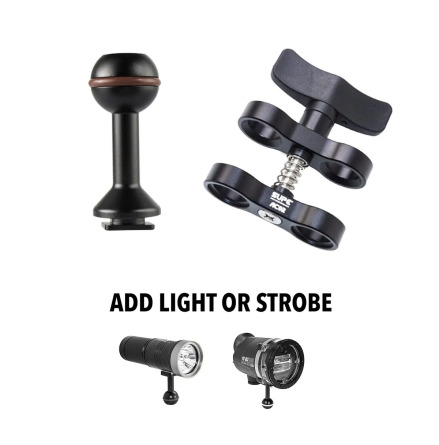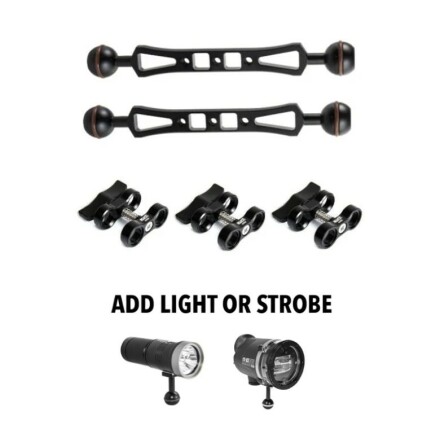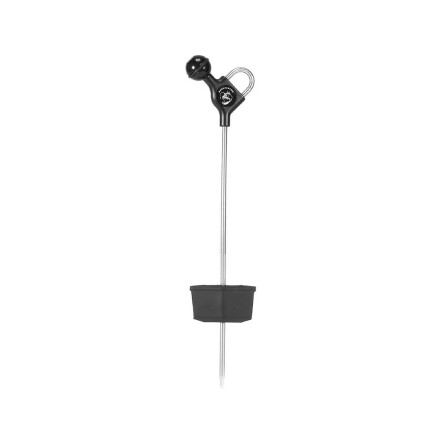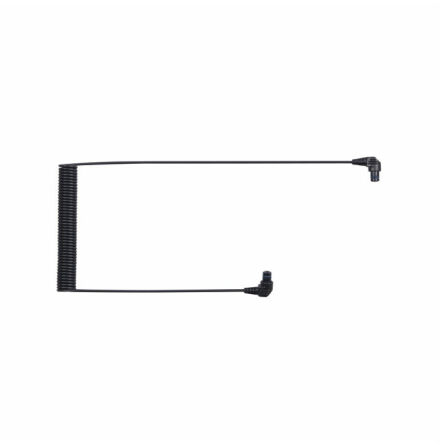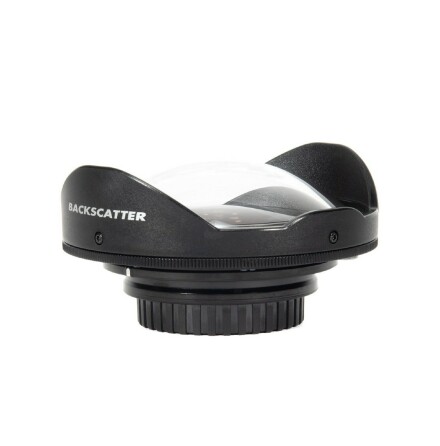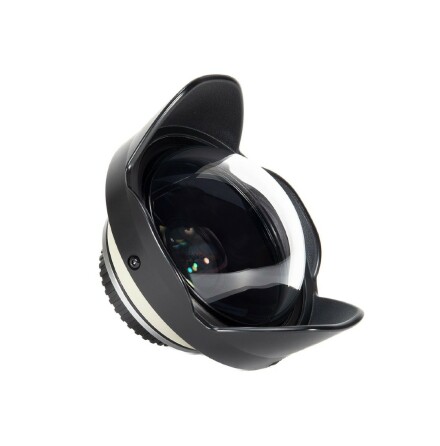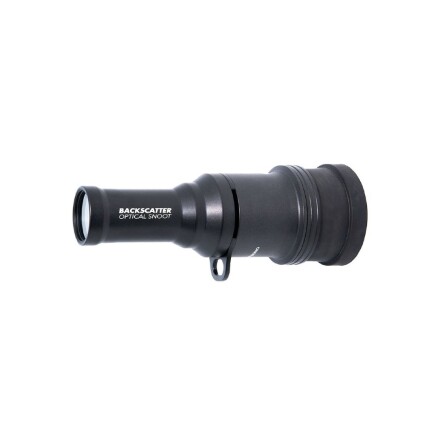Strobe package Backscatter Mini Flash 2 & snoot, filter set
Description
The mini flash, optical snoot & filter packs: Lightweight, compact, easy to use, easy for travel and perfect for compact and action cameras.
The easiest to use macro strobe and snoot combination
The Mini Flash has enough juice to light most of the scenes compact cameras are used for. From macro and fish portraits to wide subjects like stingrays, turtles, and reef scenes, it’s a great all around strobe to keep your rig nice and compact, and easy to use. The Backscatter Mini Flash MF-2 is the perfect light + snoot combination for any serious underwater macro photographer. Its tiny size can get into the tightest spots and the companion Optical Snoot OS-1 makes it the perfect macro strobe to give you the creativity you've been missing.
In short
- Compact yet powerful strobe
- Great for compact camera shooters
- Easiest macro strobe for compact, mirrorless, and SLR
- Easiest To Use Macro Strobe + Snoot Combination
- 1000 lumen LED aiming light from the Backscatter Mini Flash shows exactly where the flash will hit
- Brightest Aiming Light of Any Snoot
- Aperture Cards adjust the size of the light beam
- Circular & Oval Aperture Cards included
- Rotate the snoot to adjust the shape of the beam with the Oval card
- Depth Rated: 100m
- MF-2, MF-1, & MW-4300 Filter Holder
- OS-1 Filter Holder
- Bold Filter Set
- Pastel Filter Set
New in the MF-2 mini strobe!
NEW: Automatic TTL For Olympus Cameras
NEW: Wireless Remote Control
NEW: High-Speed Sync
NEW: Built-In 1000 Lumen Focus Light
NEW: Test Mode & Beacon
NEW: Faster Recycle Time
NEW: Bigger Battery, Longer Run Time
Manual Control For All Cameras
Double O-Ring Seal For Reliability
Observe the high performance battery, 21700 5000mAh, and charger is not included.
The small size of the MF-2 makes it easy to maneuver and get into tight spaces. With powerful LED focus lights built-in, there’s no need for a separate focus light to manage on your rig. It makes a perfect companion for compact camera shooters looking for a great all-around streamlined strobe solution. It’s also the perfect solution for advanced mirrorless and SLR shooters looking to reduce their footprint, simplify their lighting and lighten their rig for easier shooting.
THE EASIEST TO USE MACRO STROBE + SNOOT COMBINATION
Using a strobe with a snoot was once really difficult. Aiming a snoot took lots of practice. We designed the Mini Flash and Optical Snoot together with the purpose of making shooting with a snoot as easy as possible. With bright LED lights that project the same beam pattern as the flash through the snoot, you can easily see the exact placement of the snoot beam on your subject when framing a shot and know you are hitting your target. Have a critter that doesn’t like a constant light on all the time? Use our short duration modeling flash to check your snoot placement without continuously disturbing a light sensitive critter. The Optical Snoot OS-1 is easy to mount, with a simple click on/click off. The Optical Snoot OS-1 is small enough to keep in a pocket, allowing for a quick and easy switch from wide to macro. The Mini Flash has a flash guide number of 16 and is capable of up to 1400 flashes and the dual-beam LED lights run at 1000 lumens on high power for over 1 hour, when using the recommended battery
SIX STROBE LEVELS AND 3 LIGHT POWERS
Dial-in the perfect exposure with six strobe power levels, while the LED lights have three power levels. An oversized and cold water-friendly big red knob makes it easy to have precise strobe power control without having to take your attention away from shooting to look at the dial position. The oversized and easy to press silver button toggles through the three power levels on the focus lights and a press and hold activates the modeling flash.
FIBER OPTIC & SIMPLE AUTOMATIC FLASH SYNCHRONIZATION
Setting up pre-flash cancellation is a breeze. Simply plug in a fiber optic cable and take a test shot. The Backscatter Mini Flash MF-2 will automatically detect the camera’s internal flash shooting mode on the first flash after power-up and store it in memory on your first test shot.
What's in the box
Recommended accessories
-
Art. no. ARMKIT-SS-021550 SEK
-
Art. no. ARMKIT-SS-0141 750 SEK
-
Art. no. BS-MS-MUCK650 SEK
-
Art. no. 50128750 SEK
-
Art. no. BS-AC-SWLP3 150 SEK
-
Art. no. BS-UWL-M526 250 SEK
-
Art. no. BS-M52-AIR2 650 SEK
-
Art. no. BS-OS-12 150 SEK
 Large stock
Large stock
 Fast shipping
Fast shipping
 Market-leading support
Market-leading support
 +46 (0)40186262
+46 (0)40186262

